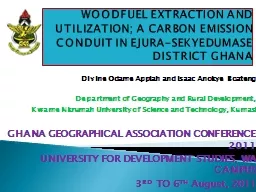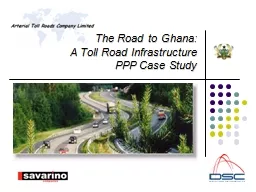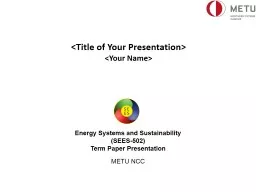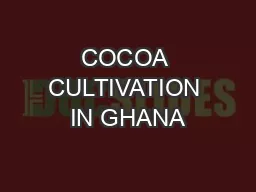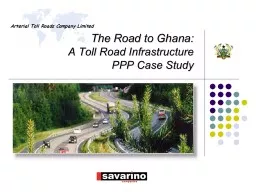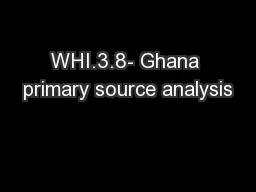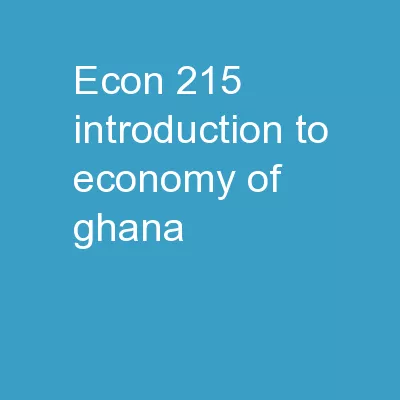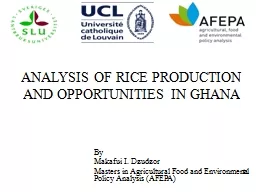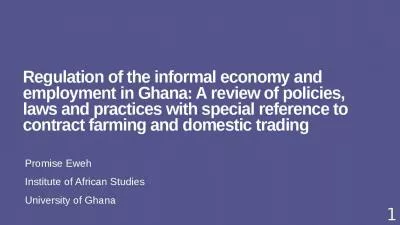PPT-WOODFUEL EXTRACTION AND UTILIZATION; A CARBON EMISSION CONDUIT IN EJURA-SEKYEDUMASE DISTRICT
Author : ryotheasy | Published Date : 2020-07-01
Divine Odame Appiah and Isaac Anokye Boateng Department of Geography and Rural Development Kwame Nkrumah University of Science and Technology Kumasi GHANA GEOGRAPHICAL
Presentation Embed Code
Download Presentation
Download Presentation The PPT/PDF document "WOODFUEL EXTRACTION AND UTILIZATION; A C..." is the property of its rightful owner. Permission is granted to download and print the materials on this website for personal, non-commercial use only, and to display it on your personal computer provided you do not modify the materials and that you retain all copyright notices contained in the materials. By downloading content from our website, you accept the terms of this agreement.
WOODFUEL EXTRACTION AND UTILIZATION; A CARBON EMISSION CONDUIT IN EJURA-SEKYEDUMASE DISTRICT: Transcript
Download Rules Of Document
"WOODFUEL EXTRACTION AND UTILIZATION; A CARBON EMISSION CONDUIT IN EJURA-SEKYEDUMASE DISTRICT"The content belongs to its owner. You may download and print it for personal use, without modification, and keep all copyright notices. By downloading, you agree to these terms.
Related Documents

